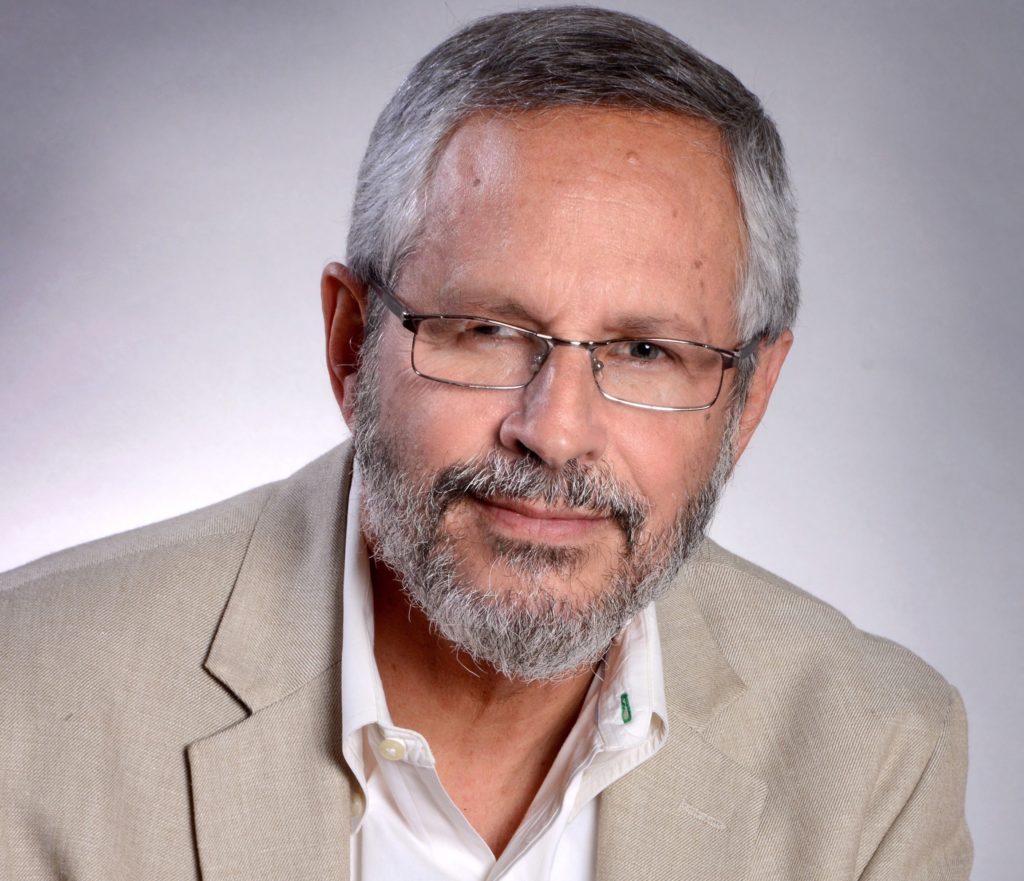

By PAUL GRUNDY, MD and KEN TERRY
Date: June 20, 2022.
The Smithsonian National Museum of Natural History has reported its biggest number of visitors in more than 2 ½ years. There’s a string of new Broadway musicals that are well-attended every night. It’s safe to shop in malls, eat out in restaurants and go to movie theaters again.
Of course, this has all been made possible by an effective vaccine against COVID-19 that was widely administered in the fall of 2021. Vaccinated citizens of the world are now confident that it’s safe to go out in public, albeit with appropriate precautions.
However, U.S. residents who have health problems are facing a new challenge. Five years ago, in 2017, the median wait time of new patients for doctor appointments was six days. In 2022, the wait time is six months or more.
The reason for this is no mystery. While life has started to return to what we think of as the new normal, the U.S. healthcare system has taken an enormous financial hit, and primary care practices have been especially affected. Many primary care physicians have closed their practices and have retired or gone on to other careers. Consequently, the shortage of primary care has been exacerbated, and access to doctors has plummeted. Urgent care centers, retail clinics and telehealth have not filled this gap.
Because of the long waiting times for primary care appointments, many more people now seek care in emergency departments (EDs). The waiting rooms of these EDs are overcrowded with people who have all types of complaints, including chronic and routine problems as well as emergencies. And this is not just a common sight in inner-city areas, as it once was; it’s now the same pretty much everywhere.
Continue reading…











